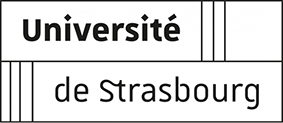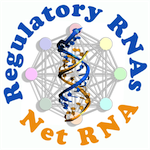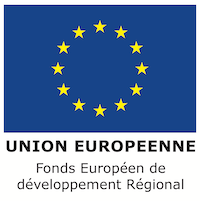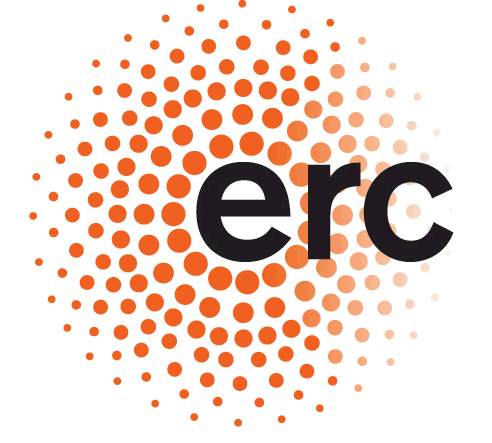Institute 1:
Name: Institute of Molecular Biology in Plants (IBMP)
Team: Mechanisms of small RNA biogenesis and action
Team leader: Todd BLEVINS
Email: todd.blevins@ibmp-cnrs.unistra.fr
Institute 2:
Name: Institute of Genetics, Molecular and Cellular Biology (IGBMC)
Team: Regulation of transcription
Team leader: Albert WEIXLBAUMER
Email: albert.weixlbaumer@igbmc.fr
PhD supervisors: Todd BLEVINS & Albert WEIXLBAUMER
Emails: todd.blevins@ibmp-cnrs.unistra.fr & albert.weixlbaumer@igbmc.fr
Eukaryotes use RNA polymerase II (Pol II) to synthesize mRNAs from genes, allowing their translation into proteins for cellular functions. However, genomes also contain transposable elements (TEs) that can cause mutations when activated. Animals balance the need for gene transcription by Pol II against the risk of deleterious TE mobility by synthesizing small RNAs (piRNAs) that target and silence TEs. In plants, a specialized enzyme, RNA polymerase IV (Pol IV), transcribes TEs to produce small interfering RNAs (siRNAs) that guide DNA methylation to repress TEs (Ferrafiat et al. 2019; Rymen et al. 2020). Pol IV evolved to specifically interact with SNF2-like CLSY proteins rather than general transcription factors (Felgines et al. 2024), supporting its roles in TE silencing, reproduction and pathogen tolerance. Despite these recent findings, how the CLSYs facilitate Pol IV transcription at specific loci remains mysterious. This project aims to determine how structural features of Pol IV and its CLSY recruitment factors permit noncoding RNA transcription in silent chromatin. Using the model plant Nicotiana benthamiana, the student will: (1) Characterize CLSY-Pol IV complexes via functional genetics and complementation (CRISPR/Cas9, genomics); (2) Analyze Pol IV subunits of distinct parental origins in the allotetraploid N. benthamiana (phylogenetics, IP-MS); and (3) purify Pol IV complexes bound to nucleosomes to obtain high-res structures of its novel recruitment machinery (cryo-EM). This project will generate basic knowledge about the structure and function of plant RNA polymerases, provide a deeper understanding of epigenetic regulation, and could help breeders engineer desirable traits linked to Pol IV function, such as enhanced reproductive output and tolerance to viral infection.
Keywords: RNA polymerase structure-function, immunoprecipitation-mass spectrometry (IP-MS), noncoding RNA, small RNAs, transposable elements, epigenetics
Relevant publications:
– Felgines L, Rymen B, Martins LM, et al. Blevins T (2024 in press). CLSY docking to Pol IV requires a conserved domain critical for small RNA biogenesis and transposon silencing. Nat Commun. 10.1038/s41467-024-54268-0 / bioRxiv (10.1101/2023.12.26.573199v1)
– Rymen B, Ferrafiat L, Blevins T (2020). Non-coding RNA polymerases that silence transposable elements and reprogram gene expression in plants. Transcription11(3-4): 172-191. (10.1080/21541264.2020.1825906)
– Ferrafiat L, Pflieger D, Singh J, et al., Blevins T (2019). The NRPD1 N-terminus contains a Pol IV-specific motif that is critical for genome surveillance in Arabidopsis. Nucleic Acids Res. 47(17): 9037-9052. (10.1093/nar/gkz618)
– Dey S, Batisse C, Shukla J, et al., Weixlbaumer A (2022). Structural insights into RNA-mediated transcription regulation in bacteria. Mol Cell 82(20): 3885-3900.e10. (10.1016/j.molcel.2022.09.020).
– Zhu C, Guo X, Dumas P, et al., Weixlbaumer A (2022). Transcription factors modulate RNA polymerase conformational equilibrium. Nat Commun. 13(1): 1546. (10.1038/s41467-022-29148-0).
– Abdelkareem M, Saint-André C, Takacs M, et al., Weixlbaumer A (2019). Structural Basis of Transcription: RNA Polymerase Backtracking and Its Reactivation. Mol Cell 75(2): 298-309.e4. (10.1016/j.molcel.2019.04.029).
Financial support of this subject is allocated by the IMCBio Graduate School based on applicant’s merit.
Why Choose IBMP?
- State-of-the-art facilities in molecular biology, genomics, and imaging.
- A vibrant international community of researchers.
- Opportunities to address global challenges in plant science, from climate change to food security.
📅 Application Deadline: January 2025
🌐 More Details and How to Apply: https://imcbio-phdprogram.unistra.fr
Join us at IBMP and shape the future of plant science!















